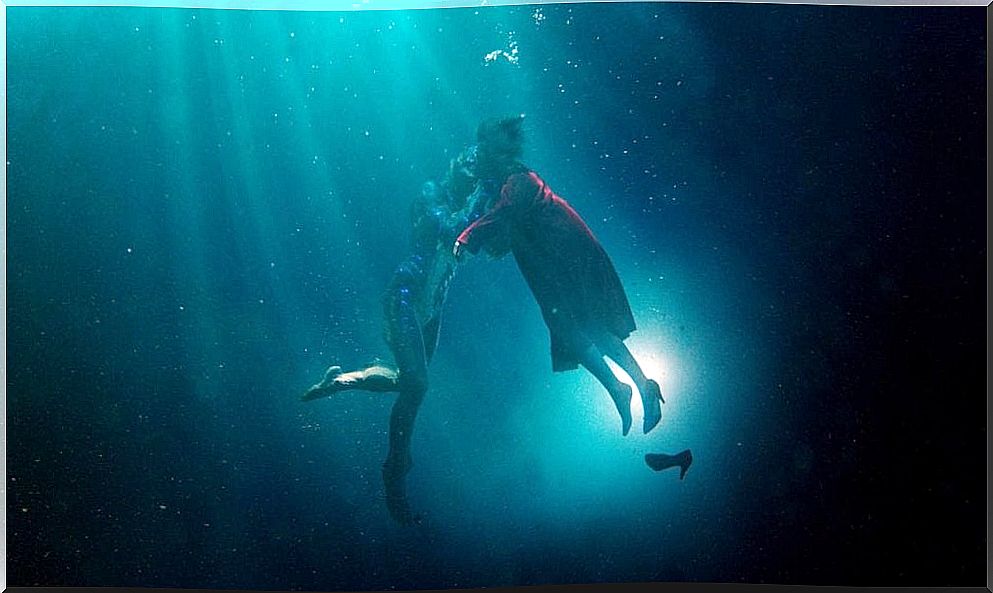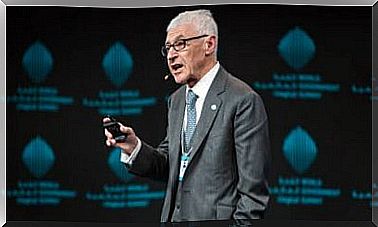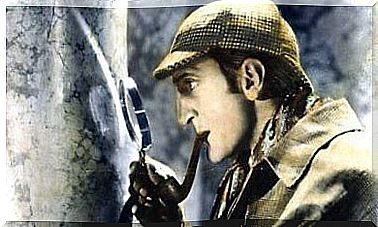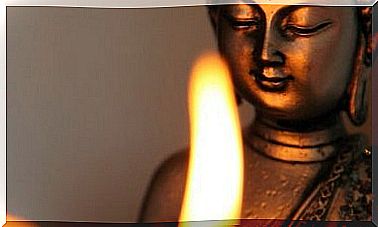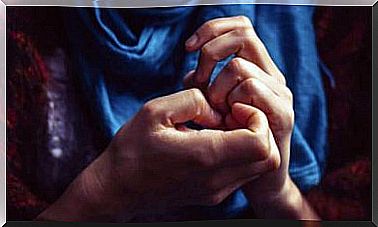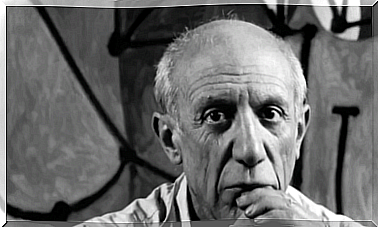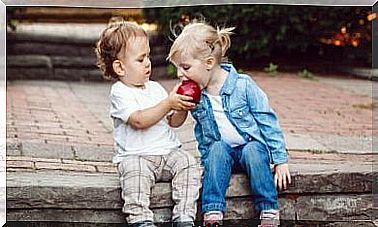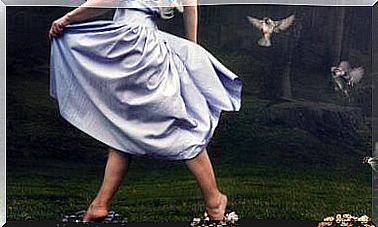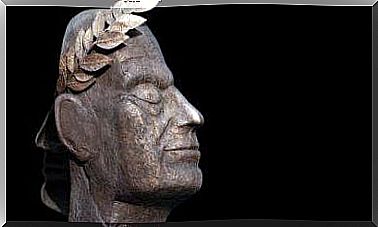Roma, A Portrait In Great Detail
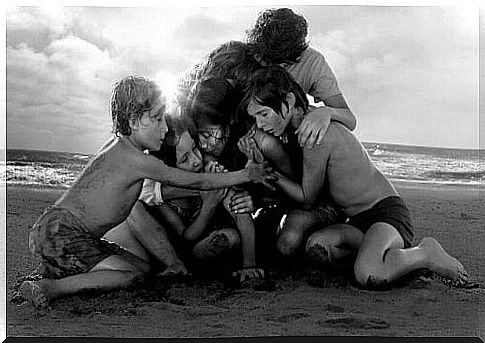
In recent years, the Academy’s prizes have ended up in the hands of three Mexicans: Guillermo del Toro, Alejandro González Iñárritu and Alfonso Cuarón. Three friends, the three from Mexico, the three with a lot of stories to tell… The public and the critics were dazzled by their talent in the most prestigious festivals in the world. In 2017, Guillermo del Toro won us over with The Shape of Water. E t this year Roma of Cuarón has won several awards.
The Oscars don’t know what walls are. Over the past five years, they have recognized three foreign directors. Three immigrants, coming from a country where spirituality is still very present in the traditions, something that Del Toro never gives up in his films. Even if it had to adapt to new requirements, to a new market with high budgets, the Mexican trace is still very visible in the career of these three directors.
Roma received the Golden Lion at the Venice Film Festival, as well as the Oscar for best foreign language film. He was unanimously applauded by the critics. This film is a memory. It is about Cuarón’s childhood which is told to us from an adult and mature point of view. The prospect of a woman who would otherwise have been invisible.
Del Toro had already delivered, in The Shape of Water , a message of love vis-à-vis otherness, narrating his film from the point of view of housekeepers and moving away from clichés, “prestigious” jobs… Cuarón does the same in Roma , leaving the voice of the domestic worker of his childhood. He dedicates a film to his person, his culture, his language. This is a film where exceptional things don’t matter. Here, forgotten and everyday things take center stage.
WARNING: This article may contain spoilers.
| Netflix” loading = “lazy” width = “500” height = “281” src = “https://www.youtube .com / embed / Wm3Cvtc8rcM? feature = oembed “frameBorder =” 0 “allow =” accelerometer; autoplay; encrypted-media; gyroscope; picture-in-picture “allowfullscreen =” “]
Roma , a visual experience
Cuarón immerses himself in his childhood, in easy family life, in the midst of a situation of revolt, that following the Massacre of Corpus Christi of 71, to tell us the story of an invisible character, that of the domestic worker with Mixtec origins. He gets lost in the details. His camera stops in front of small things such as water to wash the floor, a plane slicing through the sky, or the dog’s droppings in the house.
The camera also moves with Cleo, the protagonist, and shows us her emotions, her routine. She follows it, hides it, accompanies it at every moment. Through details and camera movements, Cuarón describes Cleo to us, he tells us without using words. The images speak for themselves and bring a realistic portrait to life.
Each image can have endless meanings. Why focus on the water that is used to wash the floor? Why dwell on dog feces? Cuarón uses the context, the visual, all the elements that create the story, the seemingly insignificant little things, endowing them with a deep meaning that will give us the keys to this story. The invisible acquires a meaning: it becomes a protagonist through the portrait of Cleo.
Symbols in the movie
Symbols become very important in Roma. They explain everything that cannot be said in words. Water is synonymous with life. It is the source of everything. Thalès de Millet already asserted, in Antiquity, that arjé is water, that is to say the beginning of everything. It is for this reason that water is considered a symbol of life, motherhood, immortality… And that it is associated with purification and rebirth. We find this idea in some religions, such as Christianity, where water is fundamental for baptism. In Roma , she is present from the start. It manifests in the form of water to clean the floor and gives us a clue about Cleo’s work.
Throughout the movie, water will appear in different forms. That of the hail, the shower water, the drops that fall from the clothes stretched out to dry… To finish in the immensity of the sea. Water is an essential component of human beings and of our planet. She accompanies Cleo throughout the duration of the film and ends up having her dive into the ocean to save the children when she cannot swim. This scene is a scene of catharsis, purification and evolution for the character.
Other things like fire, reflections, nature, and Cleo’s relationship with her are just as important and meaningful. One of them particularly appeals to us: that of the airplane. An airplane that we see in the reflection of the water during the opening credits, which pops up in key moments and reappears at the end of the film. This plane is presented to us as the future of life, as a journey and, at the same time, as an escape, a mixture of freedom and adventure that contrasts with Cleo’s routine life.
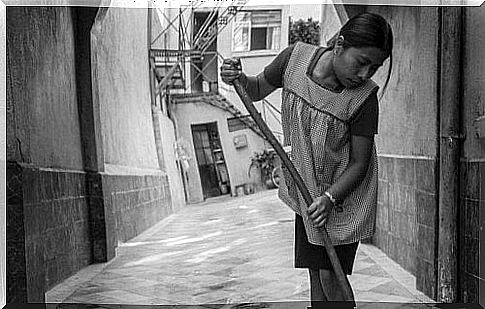
To the rescue of the forgotten
Cuarón goes from the general to the particular. It places us in a well-known environment, that of the 1970s in Mexico, in the midst of conflict. However, he does not dwell on this situation. It focuses on Cleo, on the family, on the separation of parents and the role that her mother has to play. The film is the image of life; conflicts, problems and action arise unexpectedly, even if it leaves us with clues that allow us to anticipate them.
The image of the father is linked to that of the car; a big American car that represents power, money. The father leaves, never to return, with a much smaller car. By doing this, he offers us a scene that we do not really understand – at the beginning -. This scene will finally take on its full meaning during the denouement.
The mother is another essential protagonist. It has to get rid of the iconic car, of its past, and therefore buys a smaller, more practical one. The embrace between the parents is extremely significant. The mother appears distressed and serves her husband as if she doesn’t want to let him go. The father, for his part, is much more distant. It is finally the woman who reveals to us that they separated. So we understand his role in the film, his concerns and his anxiety.
Cleo and the indigenous people
Roma plunges us into a delicate, nostalgic atmosphere, all in black and white, and offers us the opportunity to get to know the Mixtec people – or at least their language. The indigenous people, faithfully represented by Cleo, are finally revealed to us in the cinema as a reality that exists, lives, suffers and smiles. Cleo, despite her routine life, also falls in love and suffers from disenchantment. We spectators accompany him in some of the most significant moments of his life.
The childbirth scene is really moving. We manage to feel Cleo’s pain, her guilt that manifests across the ocean. Cleo and her friend Adela are played by two Mixtec women, with no film experience whatsoever, who bring immense realism to the film.
Cuarón reconciles with his childhood, he introduces us to Cleo, inspired by the figure of Libo, the one who was his nurse. He constructs a portrait narrated to perfection, immerses us in the details of everyday life, makes us feel the sensations and emotions of Cleo, following her through all the spaces of the house. He also shows us the differences that exist between well-to-do family life and that of a domestic worker. Finally, to conclude, he pays her a very touching tribute, embracing the diversity of cultures, languages and people who live in the same world.
